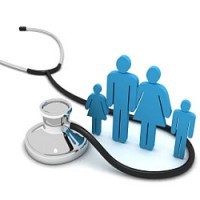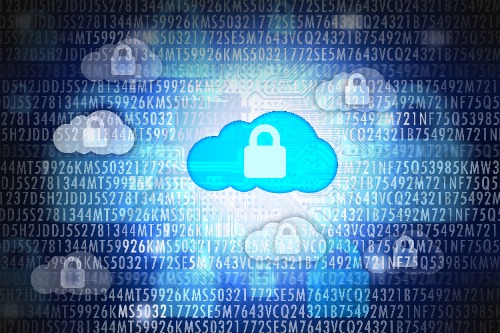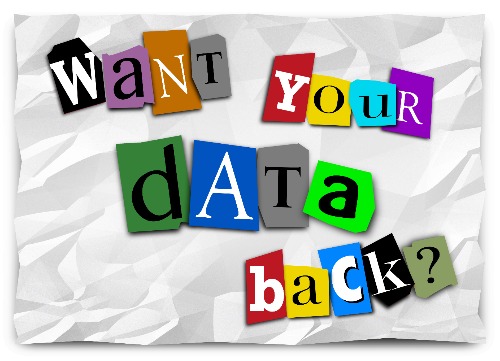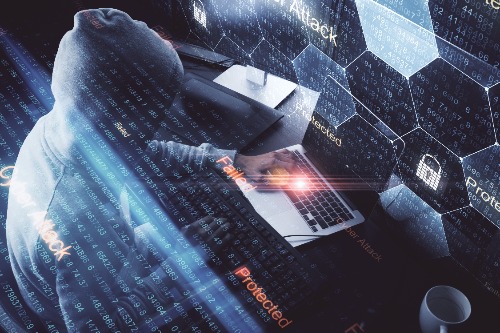A recent report was released stating health care organizations are 114 times more likely to be hit with ransomware…
But why? There are a few perceived ideas. First, many health care industries run as non-profit or not-for-profit. This means their overall income is rather limited, and what income they do have, they don’t spend on information technology security. This leads the medical field to be a little “behind the times” when it comes to protection. This vulnerability creates a major target for ransomware attacks.
Another perceived notion is the plethora of information the health care organizations store. Not only do they have patient information ranging from social security numbers and dates of birth, but also family history. These organizations also store payment information on their systems, which could be another target for hackers.
A study done by Solutionary reported that health care organizations are 114 times more likely to be hit with ransomware than financial firms. They’re also 21 times more likely to be targeted over educational institutions.
So what can they do for protection? The US-CERT encourages individuals and businesses be proactive and implement application whitelisting technology. Application whitelisting blocks all unwanted and unknown programs from executing. This methodology has been proven successful with blocking malware of all types, including ransomware. One security software that has been using application whitelisting technology for years is PC Matic. It is available for home and business systems.




